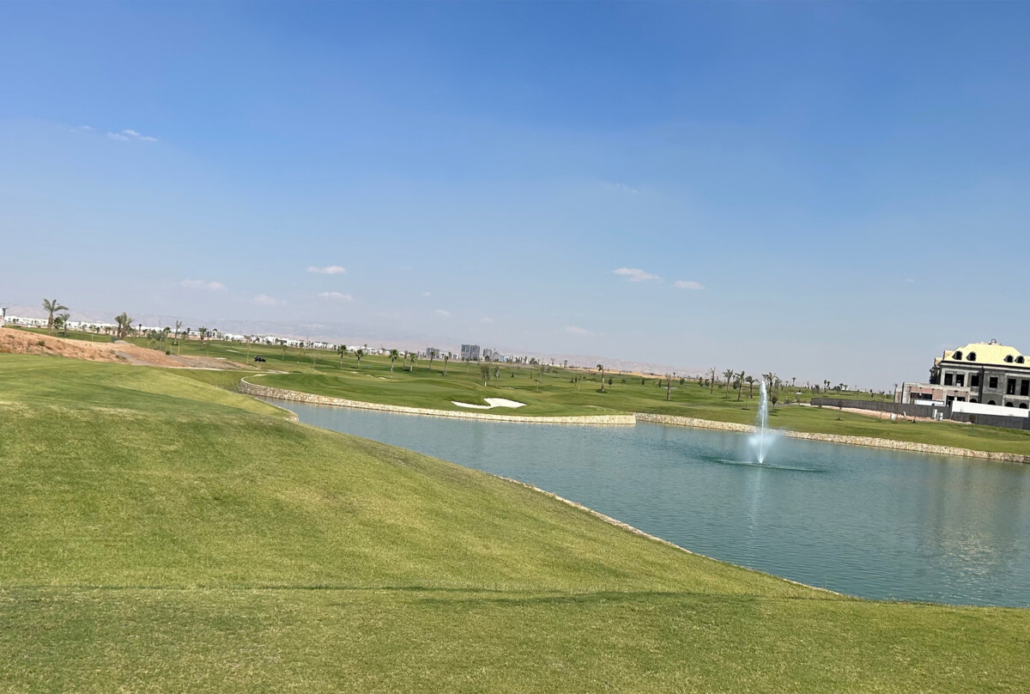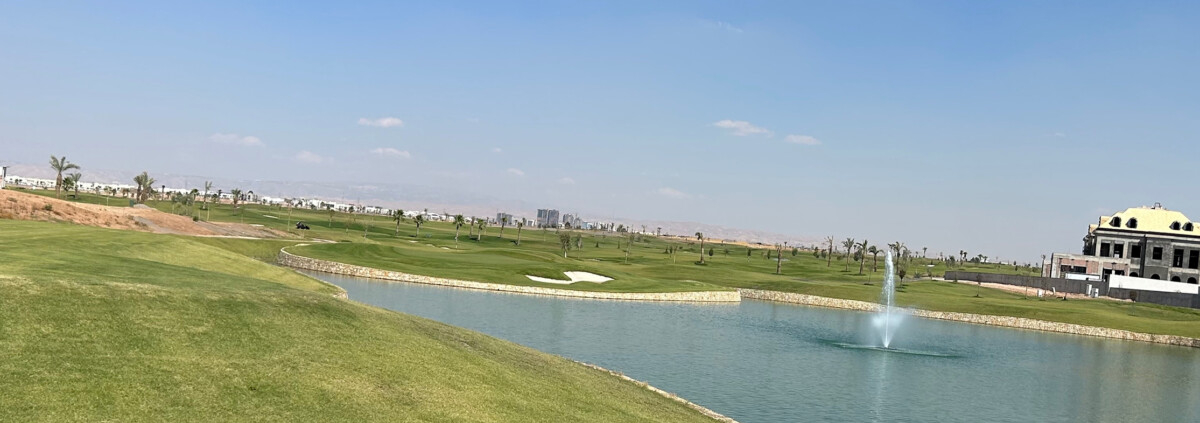Atlas Turf bermudas solve problems
Atlas Turf bermudas solve problems: The Erbil Hills course in Erbil, the capital of Iraq’s Kurdistan region, is the first grass golf course in the country. Designed by architect Cynthia Dye of Dye Designs Group, and managed by IMG, it was largely constructed during the Covid-19 pandemic and will open later this year.
The autonomous Kurdistan Region is currently experiencing some of the fastest economic growth in the world and Erbil, as its capital, is at the heart of that. “Erbil Hills came about because the developers saw what we had done at Dreamland in Baku, Azerbaijan and wanted something similar,” says Cynthia Dye. “The two projects have a lot in common, though they aren’t affiliated.”

Atlas Turf bermudas solve problems
The Erbil area has a hot summer Mediterranean climate, with mild winters and temperatures often above 40C (104F) in the summer months. There is almost no rain between June and September, but winters are fairly wet. As such, choosing the grasses for the golf course was a tricky problem for architect Dye and her team. “The client wanted the course to be green grass wall-to-wall,” she says. “In Baku, we were able to grow cool season grasses everywhere, but that was obviously not going to work in Erbil. I have a friend who was construction manager for the Ashgabat course in Turkmenistan, which has a similar climate to Erbil and they used Atlas Turf’s Latitude 36 bermudagrass there, with great success.”
Dye therefore specified Latitude 36 for fairways and close roughs. “The contractor was in favor of a different bermudagrass, which would have come from Turkey, but I was not keen, because I wasn’t certain of the quality we would get, whereas I know that Atlas is always reliable,” she says. “With Latitude 36, I knew that we would get through the winters well and that we would have good color in the spring and fall seasons, which are going to be the key golfing months in Erbil. It starts to go off in November and is just greening up now. This gap should close as the grass matures. They will paint it while dormant, but the color will be great in the prime golfing months.”
For outer roughs, Dye specified North Shore SLT seeded bermudagrass, also from Atlas Turf and its partner Pure Seed. “I wanted the roughs to be a different color and texture for definition and, given the client’s desire for wall-to-wall grass, it was obvious that the rough areas were going to be large – there are 22 hectares (54 acres) of outer rough,” she says. “Choosing a seeded bermuda was important for budgetary reasons – if we had tried to use stolons across the entire course it would have been too expensive. But at the same time, it was important that whatever grass we planted was drought tolerant. We have well water, but we don’t have an infinite amount, and putting a lot of irrigation on areas that aren’t in play very much just isn’t feasible.”
For greens, Dye specified Pure Distinction creeping bentgrass, developed by Pure-Seed Testing. “I knew that I wanted bentgrass greens and I have used Pure Distinction quite a bit, including in Baku. I really like it,” she says.
“Obviously, given the climate, if we were going to have cool season greens, we needed a grass with good heat tolerance that also coped well with drought. With Pure Distinction, I am very confident that the greens will be excellent year-round.”
Erbil Hills should open its first nine holes in the near future, with the second nine following fairly shortly.
For the latest industry news visit turfmatters.co.uk/news
Get all of the big headlines, pictures, opinions and videos on stories that matter to you.
Follow us on Twitter and Instagram for fun, fresh and engaging content.
You can also find us on Facebook for more of your must-see news, features, videos and pictures from Turf Matters.













